Ask Chris: Low Branches, Sick Oleanders and Colorful Squash
By Chris S. Corby, Contributing Writer
Q: I read the article on trimming trees. I am unsure whether to trim the bottom left branch from this chinquapin oak tree. Eunice Baethge, Fredericksburg
A: If that branch is low enough to interfere with mowing or travel through the lawn as it grows, then we recommend that you remove it. It appears in the photo that it probably is low enough to warrant such action. While a tree does grow up, individual branches like the one you are asking about in the photo often hang lower as they grow. So, if the branch is 4 feet from the ground and you are 5’ 5”, the branch will become an obstacle. If you are not sure, you can always leave the branch for another season to see if it becomes a problem. Once removed, though, you can’t replace it.

Low-hanging branches that will eventually interfere with mowing or travel in the landscape should be removed.
Q: My oleanders have some disease. My gardener does not know what it is. The new growth gets some kind of a fungus and dries up and dies. Vangie Uselton, Blanco
A: Usually, healthy oleander plants resist fungal diseases, and those that do contract an infection can often recover without much help from you. Some general-purpose fungicides labeled appropriate for use on oleanders may help protect the plants if sprayed early enough. Avoid over-watering or spraying water on the foliage. Improve drainage, if needed, to avoid standing water that fungal spores can travel through. Keeping the area around the oleander clear of weeds and debris may also keep fungi away.

Q: Last year, my yellow squash cross-pollinated with my zucchini. At first, all of the yellow squash was yellow. Later in the season, some of the yellow squash had green streaks in them. I saved some of the seed. Will that seed produce similar type squash? Jaquin Randel, San Antonio
A: Those green streaks in the fruit of your yellow squash are most likely caused by a virus that is spread by squash bugs. That virus only affects squash plants and will not hurt people who consume the squash. You could control the squash bugs to help with that condition. Also, as you noticed, the early squash was unaffected by the virus, so plant early for best results. If your yellow squash did cross with your zucchini, you would not see the results of that cross until you plant the seed. You could give it a try with a few seed, but I wouldn’t bet the ranch on it. Most likely you will end up with strange, gourd-looking offspring.



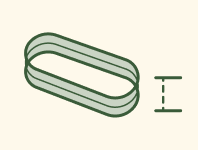
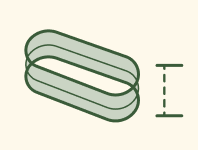
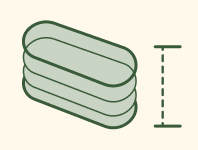
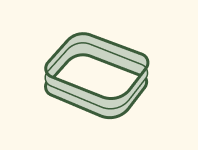
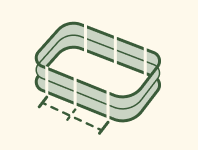
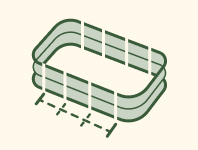
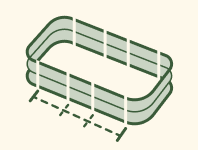
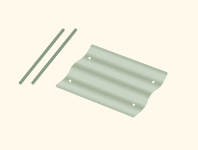


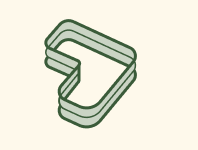
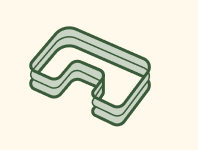
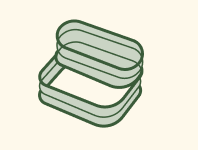
















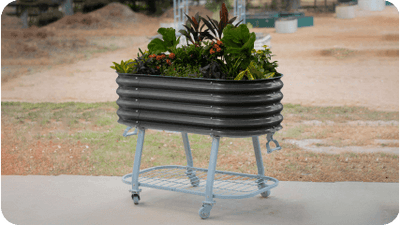













































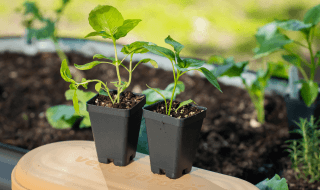
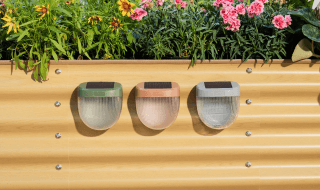

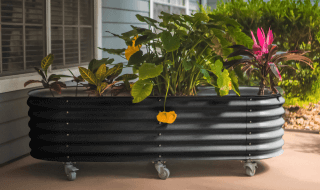







Leave a comment